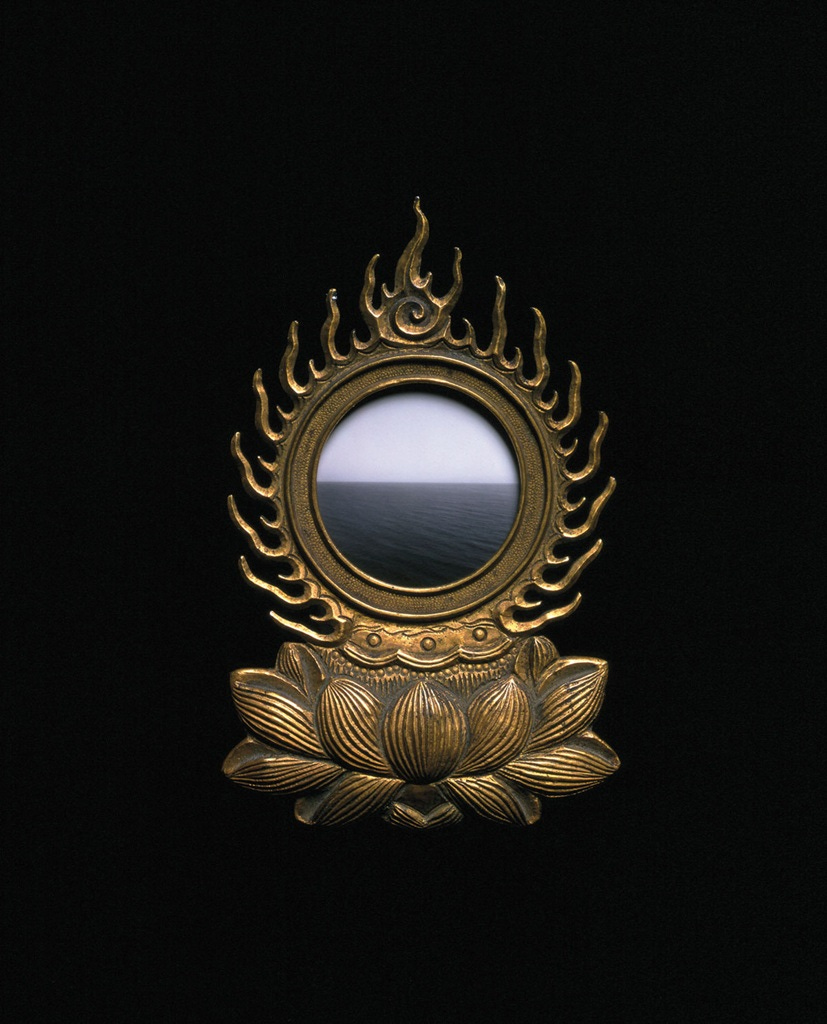Beginning with “America’s culture of disgust” in March, I have been exploring how to heal the vast, dangerous wounds that are tearing our nation apart.
On every side we are trapped in the rhetoric of irreconcilable enemies—even with people who have been among our families and neighbors for generations. We have lost track of our capacity to see or hear each other directly. Instead, almost all we pay attention to now are the badges and rallying cries of opposing armies.
These circumstances injure the innate nature of the human race, with all of its confounding mystery, diversity, and potential. What we have instead is a complex conflict based almost entirely on ideological and religious abstractions.
We aren’t able to perceive or communicate honestly about the real heart- and gut-level experience of specific human beings. Instead, it’s as if we can only argue over the “good” or “evil” of masked, costumed characters playing roles in an artificial stage setting.
There is a vast difference between the categories we reduce people to and the actualities of existence. We crave a secure, knowable, grounded place to stand. Yet in truth existence is constantly changing and shifting. Its nature is groundlessness. How can we begin to live fully in such circumstances, rather than trying to build on shifting sand?

I first saw the photo collage “Time’s Arrow” by Hiroshi Sugimoto two years ago in Buddhadharma: The Practitioner’s Quarterly. The image grabbed me, so I saved it as an icon for contemplation. Still, it took me several months to begin to grasp what the image suggests.
Glancing at “Time’s Arrow,” the eye first sees the black background and the antique bronze relic frame. Then it notices the tiny circle of sky and sea, as if through a porthole. I gradually realized that I needed to label the background and frame as just what they are: something artificial imposed around the real sky and sea. With that shift of perspective, I could imagine the entire sky and sea, stretching from horizon to horizon.
What I know of my true life is usually confined and constrained by such backgrounds and frames. Some of this masking is simply the natural limitations of my sense perceptions. Some is taught me by others, some by my own learning. Some is created by my hurting soul in reflex against what I can't bear or understand.
What would happen if I could look without those artificial definitions and barriers?
This question informs my practice of attentiveness. When I feel stuck or hurt or angry or afraid, I glance out the window or up at the sky above the buildings and trees. For an instant I experience the sky as unbounded space. The details of the moment are merely a framework for that space. This doesn't negate the real comfort or distress of the moment. But it reminds me that moments change constantly.
Our inward narratives recycle the blessings, abuses, and injuries we have experienced over the decades. Such self-talk reinforces our artificial backgrounds and frames very effectively. We imagine them to be absolute boundaries for reality.
If, instead, we choose to glimpse the larger sacred reality—even for a moment—this choice frees up our perspectives. It doesn't necessarily fix anything, but it does open more space within our hearts. Space to hold our whole, true selves, and space to hold the true selves of everyone else as well.
I ended Part 4 of my “Open, self-aware conversation” series with Jesus’ use of the “Good Samaritan” parable (Luke 10:25-37). Folks usually focus on the parable itself. I prefer to look who Jesus was telling it to and why.
A lawyer asks he can have eternal life. Jesus turns his question back on him, asking what Torah says. Love God and love your neighbor as yourself, comes the reply. Jesus confirms this teaching. “But who is my neighbor?” the lawyer asks.
This is the question that polarizes us all. We want authoritative distinctions between those we must love and others we need not care about. Jesus doesn’t fall for our effort to hide behind such definitions.
He tells the parable of the man who fell among thieves. Then he asks which of the people who saw the wounded man was neighbor to him? Rather than naming a legalistic categorization of people, Jesus turns “neighbor” into a verb of personal action: “being neighbor to.”
The promise here is that every one of us is born capable of making that change from noun to verb. We don’t have to embrace or agree with how others label and express their own experience. We can sit with our own discomfort, just let it be there. At the same time we can open ourselves to those others.
As we listen deeply, they may begin to discover and reveal their own tiny circles of sky and sea. Removing artificial backgrounds and frames doesn’t fix the situation. It enables us to enter into the situation along with the other person.
And so it is.
Blessèd Be.
Note:
This post is based on “Life Without Backgrounds or Frames: ‘Time’s Arrow,’ by Hiroshi Sugimoto,” posted on my old blog The Empty Path on 8/25/2023.
Image source:
“Time’s Arrow” (1987), by Hiroshi Sugimoto (seascape: 1980; reliquary fragment: Kamakura Period, 13th century) Gelatin silver print, gilt bronze.





Thanks!